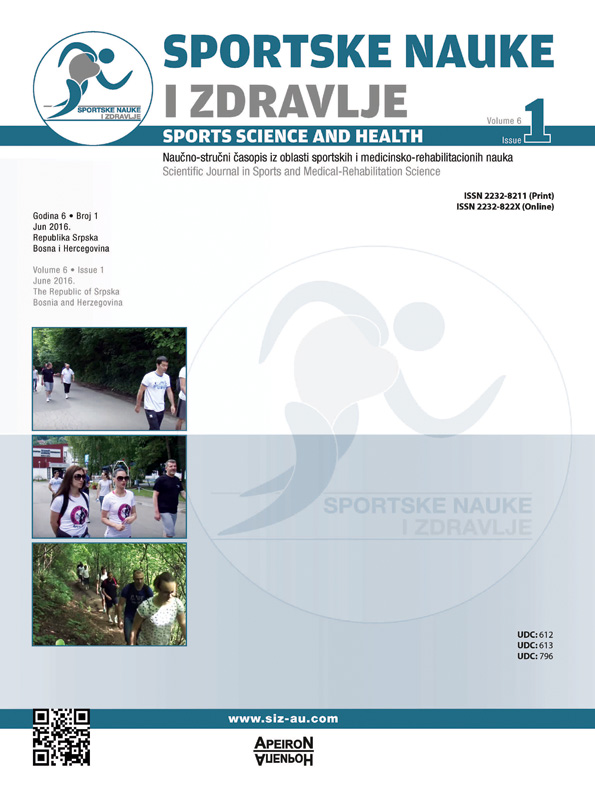Personalized Approach to Early Detection and Prevention of Overweight in Young People
DOI:
https://doi.org/10.7251/SSH16013EAbstract
The article presents the results of studying taste perception thresholds phenylthiocarbamide (FTC) in medical students in order to predict the genetic predisposition of their obesity and the nature of its course. Testing to the FTC, based on the method of Harris and Kalmus (1949), conducted in 339 healthy young people aged from 17 to 29 years. Subjects offered strips of filter paper soaked in solutions of various concentrations of FTC, starting with the lowest dilution to a clear sense of bitter taste. The study found that among people who suffer from excessive and obese, almost twice as likely to occur non-testery compared with healthy people. To recognize the bitter taste phenylthiocarbamide examined patients required significantly more concentrated solutions of the FTC. The observed statistically significant differences in the characteristics of perceptual sensitivity thresholds to allow the FTC to use this test to identify genetic predisposition to obesity.Downloads
Published
2016-06-29
Issue
Section
Чланци
